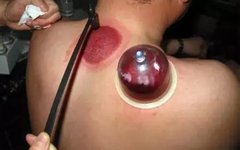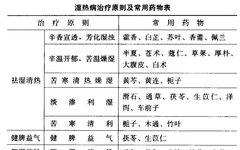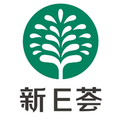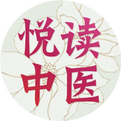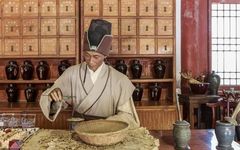Liver Meridian Damp-Heat Syndrome in Traditional Chinese Medicine
Liver Meridian Damp-Heat Syndrome Definition The Liver Meridian Damp-Heat Syndrome is a TCM diagnostic term. It refers to the accumulation of damp-heat in the liver meridian, characterized by symptoms such as distension and pain in the hypochondrium, dampness and itching in the genital area, swelling and pain in the genitals, or ear pain with purulent … Read more


